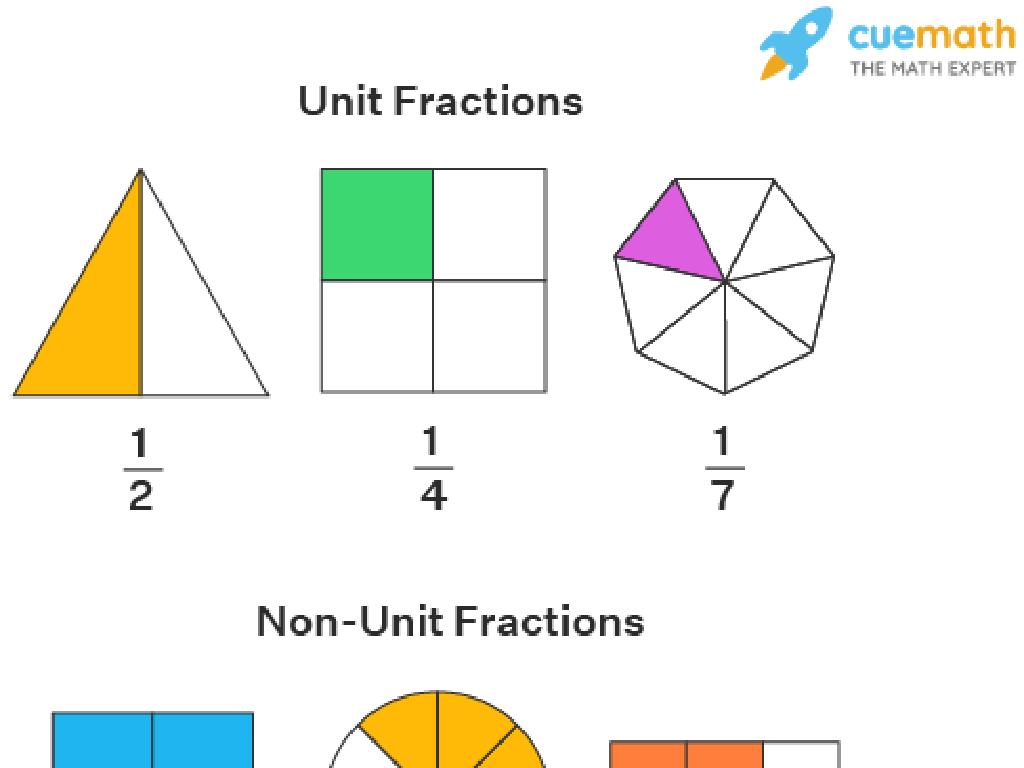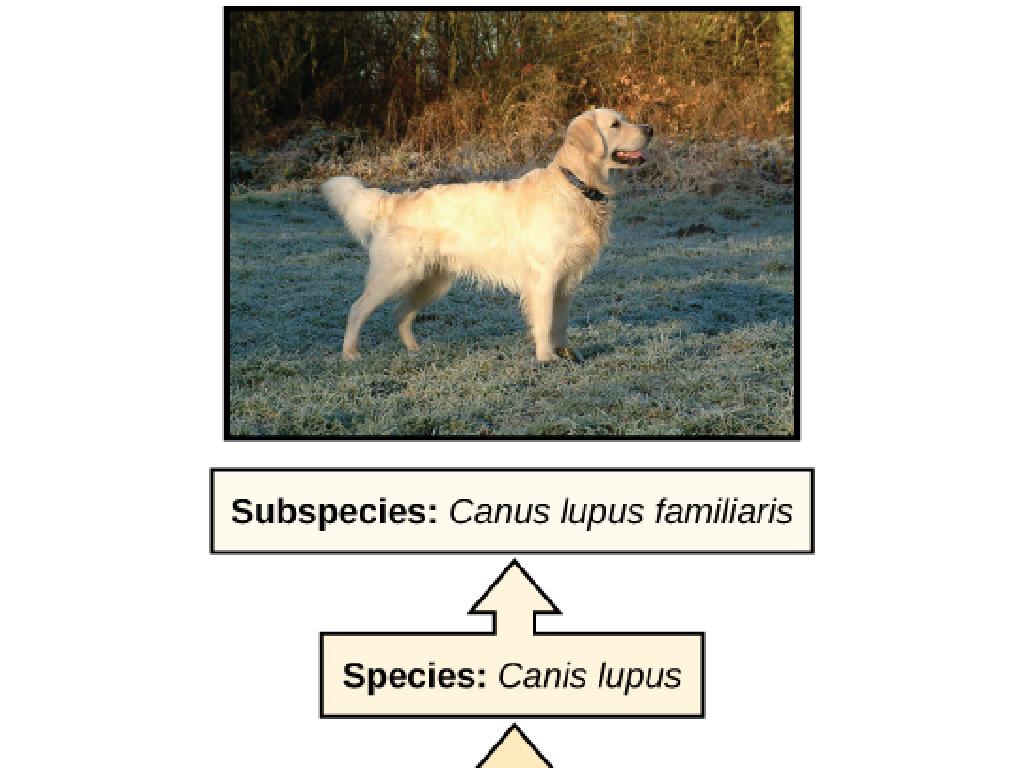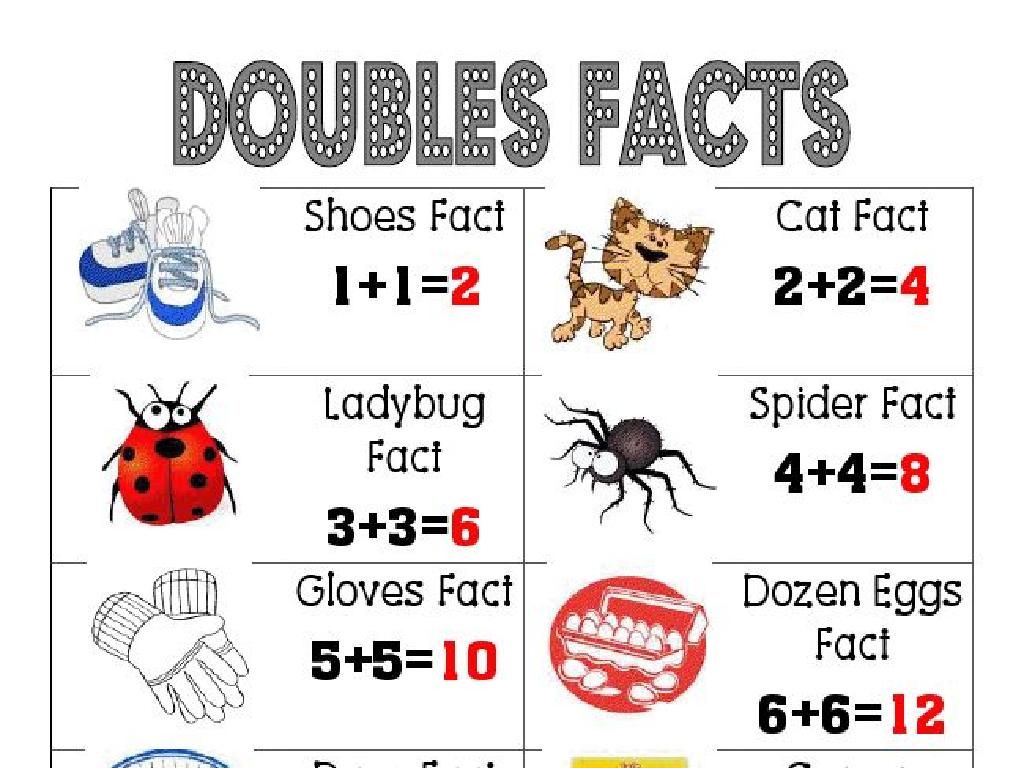Add And Subtract Mixed Time Units
Subject: Math
Grade: Fourth grade
Topic: Time
Please LOG IN to download the presentation. Access is available to registered users only.
View More Content
Introduction to Time: Understanding Units
– Learn about seconds, minutes, hours
– Smallest to largest: seconds < minutes < hours
– Importance of knowing about time
– Helps us manage daily tasks efficiently
– Time in everyday activities
– Cooking, school schedule, TV shows
– Adding and subtracting time
|
This slide introduces the basic units of time and their significance in daily life. Start by explaining the hierarchy of time units from seconds to hours. Emphasize the importance of time management and how it helps us in being punctual and organized. Discuss with students how time is involved in everyday activities like cooking (e.g., baking for 30 minutes), following a school schedule (e.g., class periods of 45 minutes), or watching TV shows (e.g., a 1-hour episode). Introduce the concept of adding and subtracting time as a necessary skill for planning and scheduling. Encourage students to think of other activities where they need to use time units. The next slides will delve deeper into how to add and subtract mixed time units.
Understanding Units of Time
– Explore seconds, minutes, hours
– Basic units of time and their uses
– Conversion between units
– 60 seconds = 1 minute, 60 minutes = 1 hour
– Quick quiz on time conversion
– Convert 120 seconds to minutes
– Practice with real-life examples
– How long is your favorite TV show?
|
This slide introduces the basic units of time and their relationships. Start by explaining what seconds, minutes, and hours are, and how they are used in everyday life. Then, teach the students the conversion factors: 60 seconds in a minute and 60 minutes in an hour. Use a quick quiz to assess their understanding by asking them to convert seconds to minutes. For example, how many minutes are in 120 seconds? Finally, encourage students to apply this knowledge to real-life situations, such as determining the duration of events like a TV show or a sports game. This practical application helps solidify their understanding of mixed time units.
Adding Mixed Time Units
– Learn to add time units
– Example: minutes and seconds
– If we add 2 min 30 sec and 3 min 20 sec, we get 5 min 50 sec
– Class practice problem
– Solve 4 min 45 sec + 2 min 15 sec as a class
– Discuss answers together
|
This slide introduces the concept of adding mixed time units, such as minutes and seconds. Start by explaining the basic steps to add time units: align the minutes with minutes and seconds with seconds, then add them separately. Use the example provided to illustrate the process. Next, engage the class with a practice problem and solve it together, encouraging participation from the students. After solving, discuss the answer as a class to ensure understanding. Make sure to emphasize the importance of carrying over 60 seconds as one minute when seconds exceed 60. Provide additional examples if time permits and encourage students to ask questions.
Subtracting Time Units
– Steps to subtract time units
– Write down the times, subtract the minutes, then the hours
– Example: Subtract hours and minutes
– If we have 3 hours 45 minutes and subtract 2 hours 30 minutes, what’s left?
– Class exercise: Practice together
– We’ll solve subtraction problems as a class
|
This slide introduces the concept of subtracting mixed time units, such as hours and minutes. Start by explaining the steps: write down the times, subtract the minutes first, and if necessary, borrow an hour to convert it into minutes. Use the example provided to illustrate the process. For the class exercise, prepare a few problems of varying difficulty for the students to solve. This will help them apply the concept and practice their skills. Make sure to walk around the classroom to assist any student who might be struggling and to ensure that everyone is engaged in the activity.
Adding and Subtracting Mixed Time Units
– Understanding mixed time units
– Mixed units combine hours, minutes, seconds
– How to add and subtract them
– Align units vertically, add or subtract
– Example: 1hr 25min + 35min
– 1hr 25min + 35min equals 2 hours
– Visual aids for guided practice
– Use clocks or timelines to visualize
|
This slide introduces students to the concept of mixed time units, which are combinations of hours, minutes, and sometimes seconds. Start by explaining that just like adding numbers with different place values, we need to align time units correctly. Provide a step-by-step guide on how to add or subtract mixed time units, ensuring to carry over any extra minutes into hours if necessary. Use the example provided to walk through the process with the students, and employ visual aids like clock faces or timelines to help them understand the concept better. Encourage students to practice with similar problems and use visuals to check their work.
Real-life Application: Time Management
– Importance of time addition/subtraction
Understanding time helps in planning daily activities.
– Calculate time for homework
If you start homework at 5 PM and finish at 6:30 PM, how long did you work?
– Discuss time management
Talk about how you plan your day with time.
– Share personal experiences
|
This slide emphasizes the practical importance of adding and subtracting time in everyday life. Start by explaining how these skills are essential for effective time management, such as planning activities and understanding schedules. Provide an example by asking students to calculate the duration of a homework session that starts and ends at specific times. Facilitate a group discussion where students can share how they manage their time for different activities, like schoolwork, play, and chores. Encourage them to share personal strategies and experiences to foster a collaborative learning environment. This activity will help students see the relevance of math skills in their daily lives and develop their ability to manage time efficiently.
Class Activity: Time Challenge!
– Engage in a fun time-solving game
– Pair up and tackle time problems
– Discuss solutions with your partner
– How did you figure out the answers?
– Share your strategies with the class
– Explain the steps you took to solve the problems
|
This activity is designed to encourage collaboration and application of learned concepts on adding and subtracting mixed time units. Students will work in pairs to solve problems which will help them to communicate their thought processes and learn from each other. Provide a set of mixed time unit problems for each pair. Encourage them to discuss their strategies and how they arrived at their answers. After the activity, facilitate a class discussion where pairs can share their strategies and solutions. This will help students learn different approaches to solving time problems. Possible activities could include converting minutes to hours in a real-world context, such as baking times or travel durations, and adding or subtracting to find the total time spent on daily activities.
Wrapping Up: Time Units
– Review add/subtract time units
– Homework: Time unit worksheet
– Solve problems on adding and subtracting different time units like hours and minutes.
– Remember: Practice is key!
– Share any questions next class
|
As we conclude today’s lesson on adding and subtracting mixed time units, it’s important to recap the main points and ensure that students feel comfortable with the concepts. The homework will consist of a worksheet that provides additional practice on these topics, reinforcing what was learned in class. Remind students that becoming proficient with time units requires practice, and they should attempt to solve the problems on their own before seeking help. Encourage them to bring any questions they have to the next class for clarification. This will help them prepare for more complex time-related math problems in the future.






